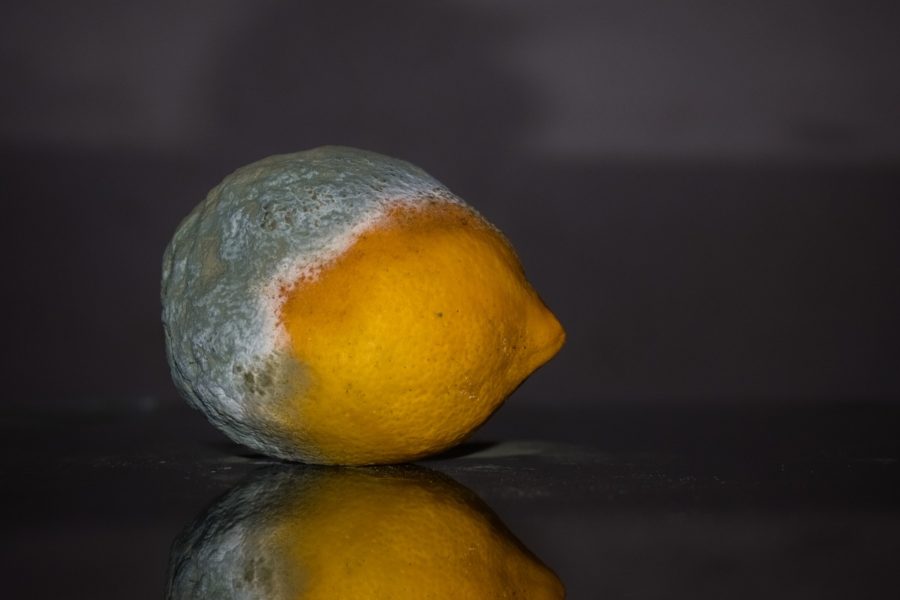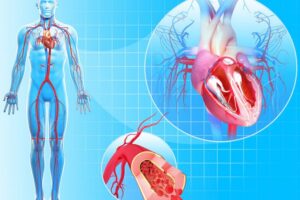Molds are everywhere, and just like we have bacteria and other microbes on our skin, molds are persistent and can be found throughout our environment. Molds produce allergens and irritants to our lungs and respiratory system (US EPA, 2017). Molds can grow virtually anywhere but can be found the easiest where they grow best, in warm, damp and humid conditions (Medlineplus.gov, 2017). The more humid the environment, the more likely mold will be a health concern. Mold can infiltrate homes and drywall after a flooding event which makes it a major concern facing the lives of people whose homes and communities have been recently devastated by the hurricanes and resultant flooding in Texas, Florida, and Puerto Rico (CDC.gov, 2017). Some people will have an allergic reaction when coming in contact with mold or mold spores which can set off hay fever and other respiratory issues such as asthma attacks (US EPA, 2017). People who suffer with asthma, allergies, other respiratory conditions, or who have a compromised immune system tend to be more sensitive to mold (CDC.gov, 2017). In other people without allergies, mold can still cause health issues, often from the mycotoxins that are released into the body from the mold (Brewer, Thrasher, & Hooper, 2014).

To avoid mold the best method is prevention. In the event of a flooding of the home, the sooner a person can have their home dried and cleaned, the less likely mold will gain a food hold and grow (CDC.gov, 2017). In many cases it’s impossible to dry out items to prevent mold growth and so it’s best to trash it, this is often the case with drywall, carpets, carpet padding, home insulation, paper, or wood, and clothing (CDC.gov, 2017). While removing wet materials is important, since dead mold can also make people sick, it’s still important to clean any home that has been flooded or where mold might be expected to grow if action isn’t taken to control it (CDC.gov, 2017).
Molds have a variety of effects on respiratory health including impacts on asthma, allergic fungal rhinosinusitis, hypersensitivity pneumonitis, chronic bronchitis, and organic dust toxic syndrome (Vacher, Niculita-Hirzel, & Roger, 2015). In many of these conditions, molds and mycotoxins initiate immune responses such as type I, III, IV hypersensitivity reactions involving IgE, IgG, or IgA antibodies (Vacher, Niculita-Hirzel, & Roger, 2015). The type of immune reaction depends on species of the fungus and some species can have multiple effects on the immune system (Vacher, Niculita-Hirzel, & Roger, 2015).
One way that molds and mycotoxins exert their allergic response is through beta (1-3) glucans (Vacher, Niculita-Hirzel, & Roger, 2015) (Gehring et al., 2001). According to a study by Gehring et al. (2001) 395 homes in two German cities were assessed to determine the presence of beta (1-3) glucans. More glucans were found in homes that had carpets, a dog that lived inside, more than four people residing in the home, use of the living room that exceeded 180 hours per week and had a lower frequency of vacuum and dust cleaning (Gehring et al., 2001). The study tells us that there are molds in dust particles and that the hygiene of a home, as measured by the amount of dust in it, can be used as a means to measure how much mold is potentially in the home via the amount of beta (1-3) glucans. Taking this to the next logical step it seems that one way to ensure less exposure to mold is by keeping a house clean and dust free.
If you suspect a mold infestation in your home then you should follow the EPA’s tips for mold clean up: https://www.epa.gov/mold/mold-cleanup-your-home#TipsandTechniques
Clean up tips: https://www.epa.gov/mold/mold-cleanup-your-home#TipsandTechniques
References:
Brewer, J. H., Thrasher, J. D., & Hooper, D. (2014). Chronic illness associated with mold and mycotoxins: Is naso-sinus fungal biofilm the culprit? Toxins, 6(1), 66–80. http://doi.org/10.3390/toxins6010066
CDC.gov. (2017). Mold after a disaster. United States Department of Health and Human Services. Retrieved from: https://www.cdc.gov/disasters/mold/index.html
Gehring, et al. (2001). Beta(1…3)-Glucan in house dust of German homes: Housing characteristics, occupant behavior, and relations with endotoxins, allergens, and molds. Environmental Health Perspectives, 109(2), 139.
Medlineplus.gov. (2017). Molds. United States Department of Health and Human Services- National Institutes of Health. Retrieved from: https://medlineplus.gov/molds.html
Vacher, G., Niculita-Hirzel, H., & Roger, T. (2015). Immune responses to airborne fungi and non-invasive airway diseases. Seminars in Immunopathology, 37(2), 83-96. doi:10.1007/s00281-014-0471-3
US EPA (2017). Mold and heal: How do molds affect people? United States Environmental Protection Agency. Retrieved from: https://www.epa.gov/mold/mold-and-health







